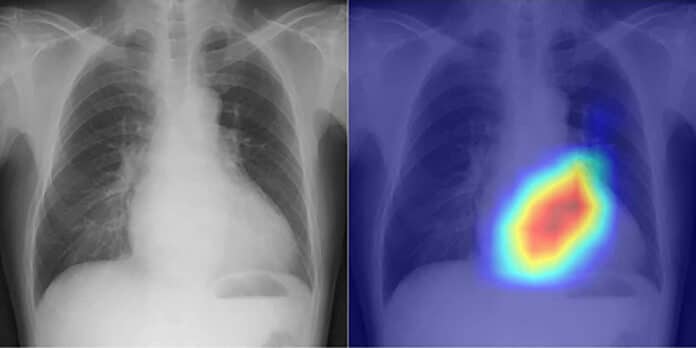Chest radiography is a frequent and accessible test. Chest radiographs can show cardiovascular features like cardiac shadows and arteries. However, how well these images can predict heart function and valvular disease is still being determined. Using datasets from multiple institutions, Osaka Metropolitan University scientists have simultaneously developed and validated a deep-learning model to detect valvular disease and cardiac functions from chest radiographs. The model classifies cardiac functions and pinpoints valvular heart disease with unprecedented accuracy.
They successfully created a model using AI to distinguish between valvular heart disorders and cardiac functions using chest radiographs. The team aimed for multi-institutional data since AI trained on a single dataset may be biased, resulting in low accuracy.
Accordingly, 22,551 chest radiographs associated with 22,551 echocardiograms were collected from 16,946 patients at four facilities between 2013 and 2021. With the chest radiographs set as input data and the echocardiograms set as output data, the AI model was trained to learn features connecting both datasets.
The AI model was able to categorize precisely six selected types of valvular heart disease, with the Area Under the Curve, or AUC, ranging from 0.83 to 0.92. (AUC is a rating index that indicates the capability of an AI model and uses a value range from 0 to 1, with the closer to 1, the better.) The AUC was 0.92 at a 40% cut-off for detecting left ventricular ejection fraction—an essential measure for monitoring cardiac function.
Daiju Ueda, from the Department of Diagnostic and Interventional Radiology at the Graduate School of Medicine of Osaka Metropolitan University, said, “It took us a very long time to get these results, but I believe this is significant research. In addition to improving the efficiency of doctors’ diagnoses, the system might also be used in areas with no specialists, in night-time emergencies, and for patients who have difficulty undergoing echocardiography.”

